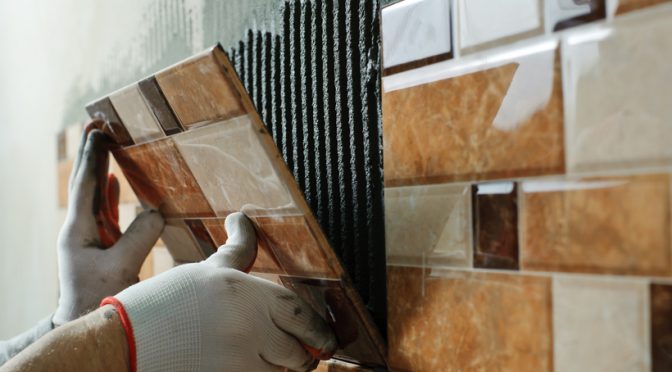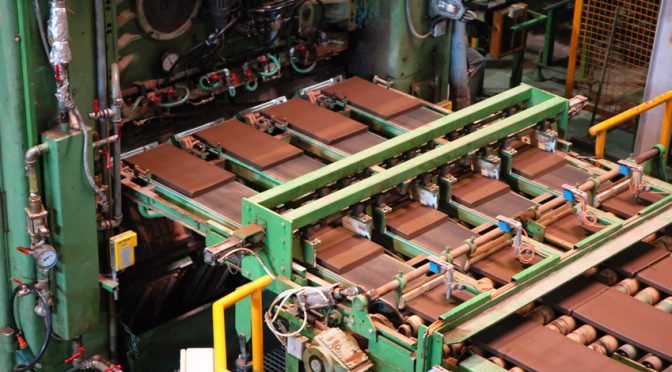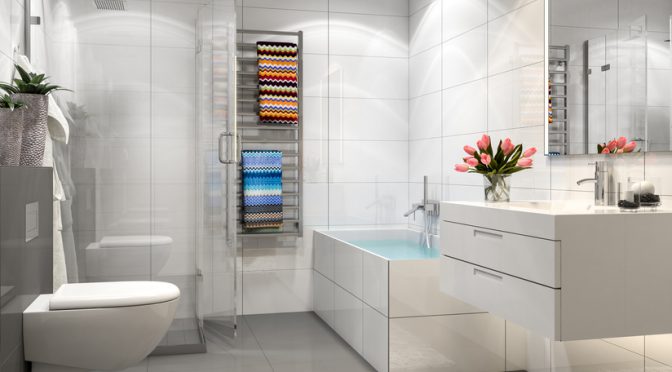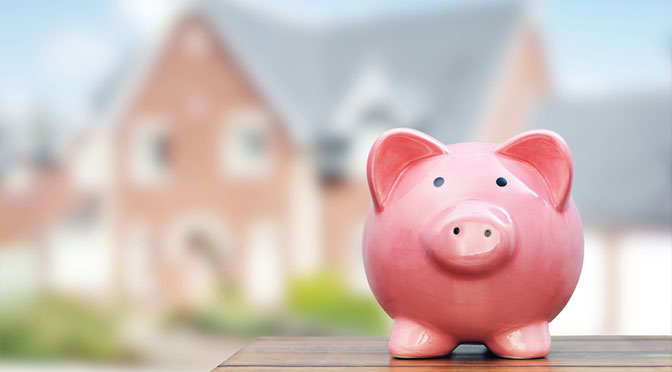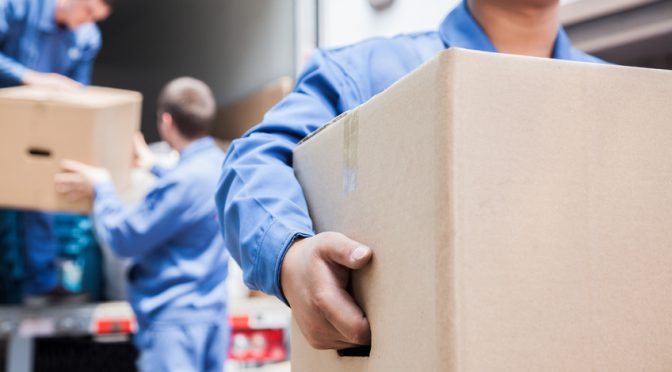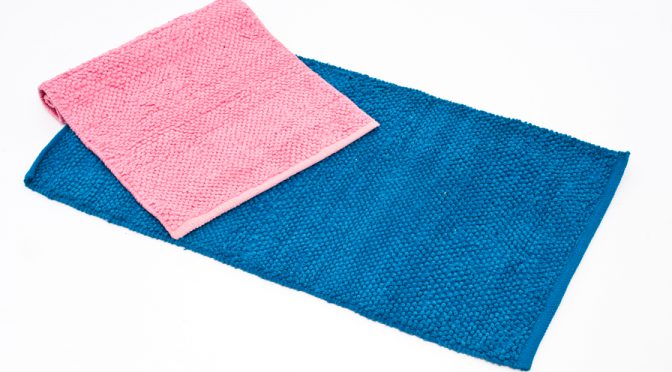When you see how home insurance has gone up in recent years, it can be tempting to downgrade your coverage or shop around for a better deal. There may be good reasons for premiums going up, but who doesn’t want to spend less on insurance? The good news is you can! Here are a few reasons why home insurance rates are on the rise, and 13 tips to help you pay less.
Why home insurance premiums are going up
There are several reasons why your premiums go up when you renew your home insurance.
- Your insurance amount generally increases by a certain percentage at each renewal to cover inflation (the cost of materials and labour) as well as new purchases you’re likely to have made.
- Payouts on home insurance claims are increasing at an alarming rate (up 20% between 2009 and 2013, and 300% since 1990).
- Payouts for natural disasters have increased six-fold since the 1990s.
So the two main reasons are that there are more claims, and those claims are more and more costly.
“But I haven’t made a claim!” That’s true, but remember that home insurance is like group insurance. You pay to protect other people’s property as well as your own. The premiums that you and other policyholders pay are pooled to pay for any losses incurred, which tend to cost a lot more than your monthly premium.
As a result, the more claims there are, the more you have to pay.
If you have made a claim yourself, there’s a good chance that your insurance will go up at your next renewal. Insurance is there to cover you in case of a loss, but making a low-value claim is not always in your best interest.[……]
Read more

